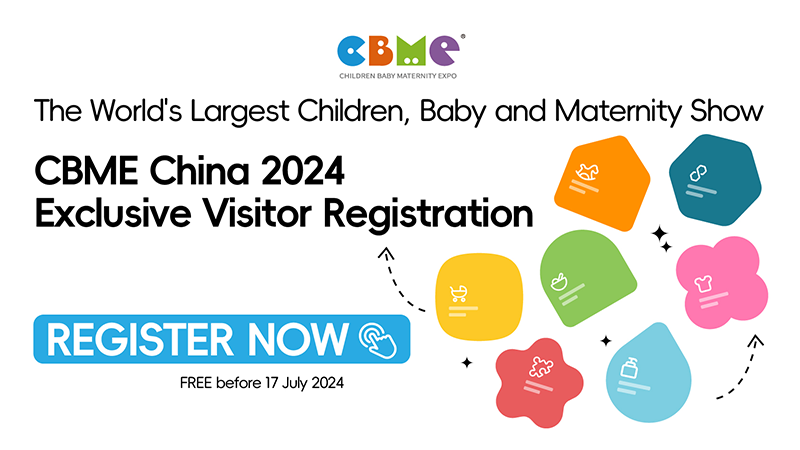By The Guardian
Mini products are the latest toy fad. But are the dinky replicas just some harmless fun, or a cynical marketing tool to boost brand awareness?
There are two bottles of Dove body wash in my home, and they are nearly identical. They have the same distinctive curved shape and flip lid, the same label, the same Unilever trademark. They differ in just one crucial way. One is 22cm tall and is designed to be used in my bath. The other measures 5.5cm – about the size of my little finger – and is a children’s toy.
My miniature bottle of Dove was hatched from the inside of a plastic egg. It is just one of 115 supermarket items that have been miniaturised by New Zealand toy company Zuru as part of its 5 Surprise Mini Brands range. A child buys a Mini Brands ball unaware what’s inside – it opens much like a Terry’s Chocolate Orange (Zuru have trademarked the toy’s “bloom open”) – and discovers five segments each housing a miniature. Among other things, you can get a teeny-tiny tin of Spam, a packet of Wet Ones wipes, some Knorr rice, a jar of Hellman’s mayonnaise, a box of Lipton tea bags and a bottle of Kikkoman soy sauce. Most of these boxes and jars don’t open – there’s just packing foam inside.
Mini Brands was launched in January 2019, but exploded in popularity last Christmas. It was the number one Googled toy in December and consequently the American grocery store Target sold out of the $10 (£8) toy online. Although Mini Brands aren’t currently available in UK stores, British customers have been buying them online for as much as £25 for a single ball. We’ve also seen a similar offering from Marks & Spencer, which launched a “Little Shop” last summer – shoppers could collect mini seeded loaves and cartons of milk. This begs the question: should logos really be slapped on children’s toys? Are miniature groceries turning kids into tiny little loyal consumers?
By playing with these miniatures, kids get a taste of adult power
Heavily branded children’s toys aren’t new. In 1994, Mattel released a Barbie McDonald’s Restaurant Set, complete “with talking drive-thru” and miniature menu boards. Around the same time, ride-on toy cars for children became popular, and BMW, Jeep and Mercedes-Benz wasted no time slapping their logos on plastic bonnets. Daniel Cook, a professor of childhood studies at Rutgers University and author of The Commodification of Childhood, says: “Consumerism has been a part of children’s lives for as long as there has been modern consumption,” roughly since the mid-1800s. He references Victorian artist Kate Greenaway’s picture books of the 1880s, which had a tie-in line of clothing for girls produced by Liberty of London. He also points to Campbell’s Soup’s range of dolls, first sold in 1909.
Mini Brands is a step further, however, since the toy itself is the branded item. After cracking open a plastic orange, I find myself the owner of child-friendly mini Magnum ice-creams and, more bizarrely, a bag of Knorr four-cheese risotto. I am charmed by the mini aspect of them and yet they’re troubling, too. Isn’t shrinking everyday household products a cynical way of manipulating children into favouring a brand? Part of the appeal is that children are drawn to imitating adult life. As Cook explains, much like dollhouses, miniatures allow children to have a “mastery” of the world.
About CBME
CBME is an established one-stop trade fair with nearly 20 years' experience of bringing together the movers and shakers in child, baby and maternity industry. Uniting top buyers, manufacturers, distributors, suppliers and sellers together under one roof in Shanghai, China annually. CBME hosts hundreds of quality industrial events, training events, private match making meetings. Awards and industry reports release all year around. As a gateway to key sourcing hubs for child, baby and maternity products and services, CBME now covers the most potential markets in the world and is regarded as a MUST-ATTEND show in the world where the key persons to share knowledge and create business opportunities.






